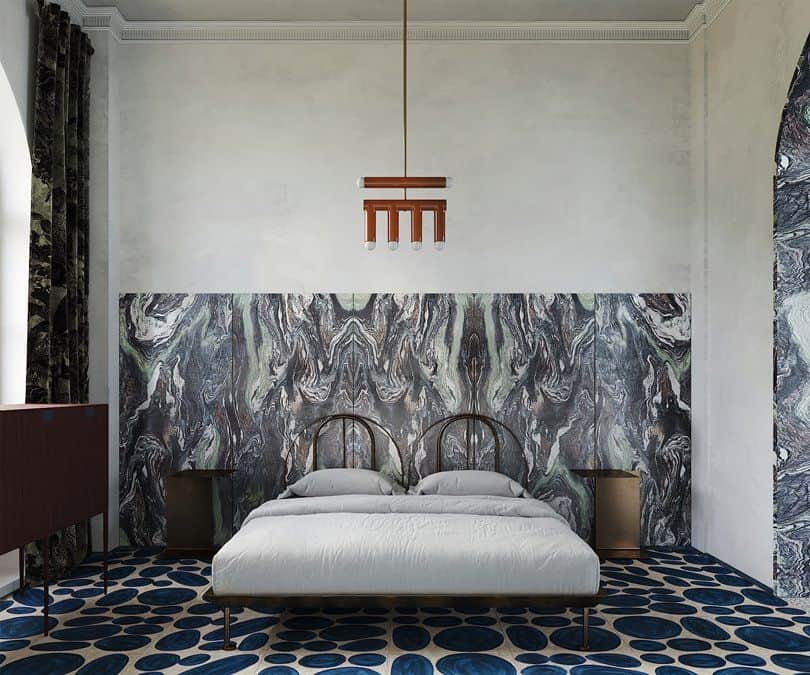Patterns are an incredible tool in interior design that can instantly transform a space, adding depth, personality, and visual interest. However, many of us shy away from incorporating multiple patterns – fearing a clash of colours and textures. In reality, mixing patterns can elevate an interior to new heights, creating a captivating and harmonious environment.
Here are some starting points to help you confidently combine patterns in your home decor.
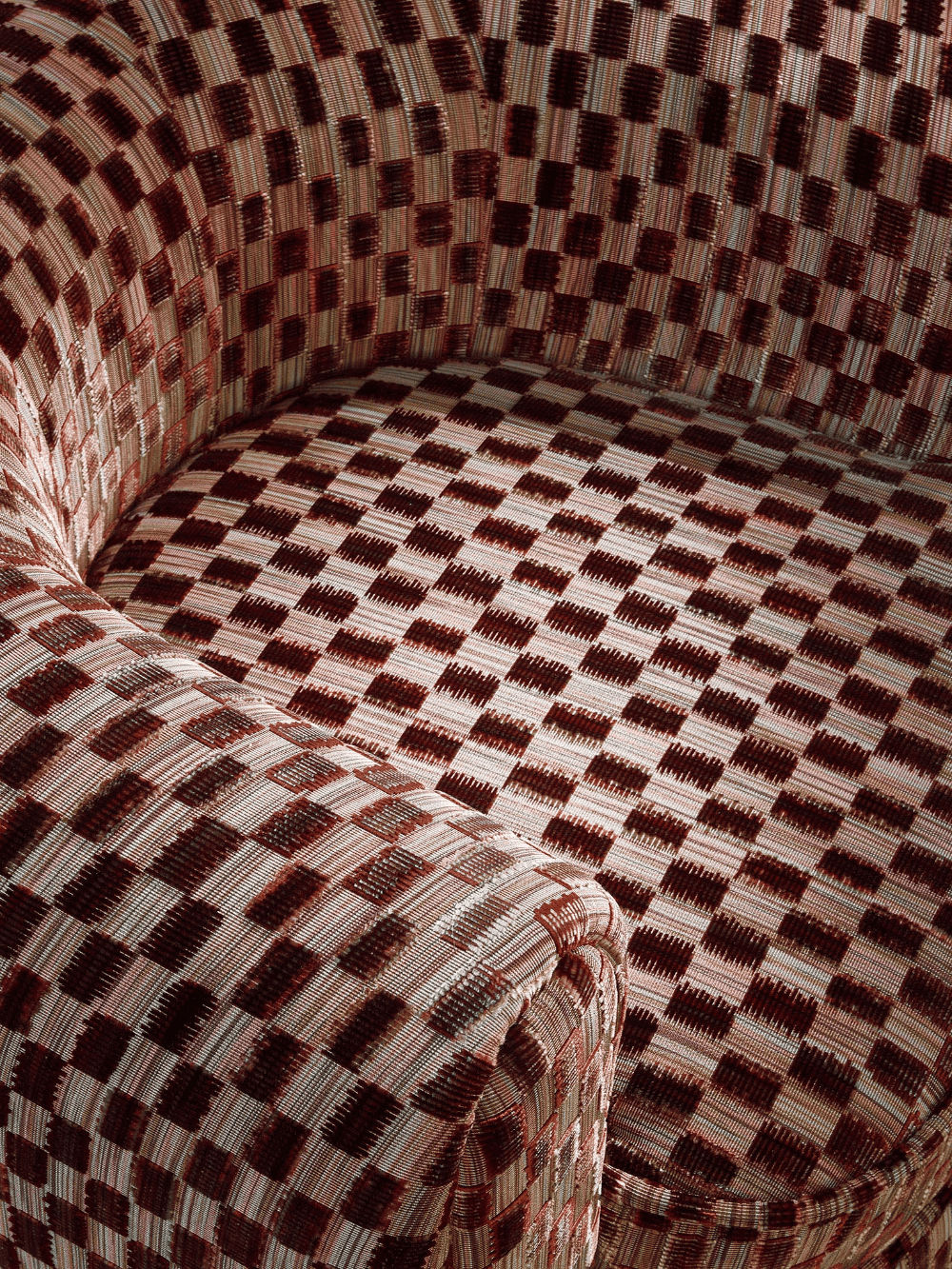
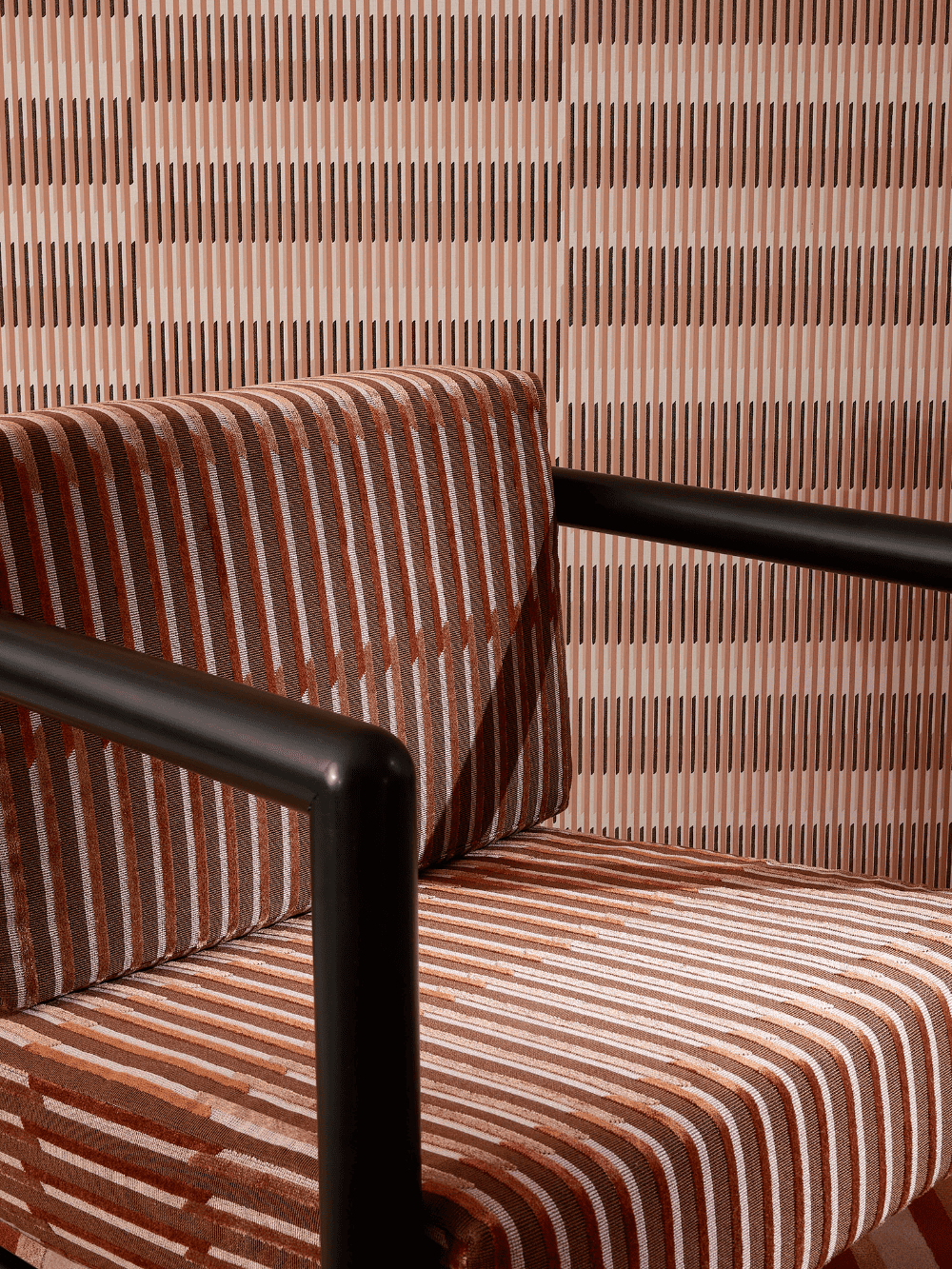
1. Start with a Foundation
Begin by selecting a foundation pattern that will serve as a base – typically this would be a large-format pattern found on a rug, wallpaper, or upholstery. Neutral patterns like stripes, geometric shapes, or subtle florals work well as a starting point.

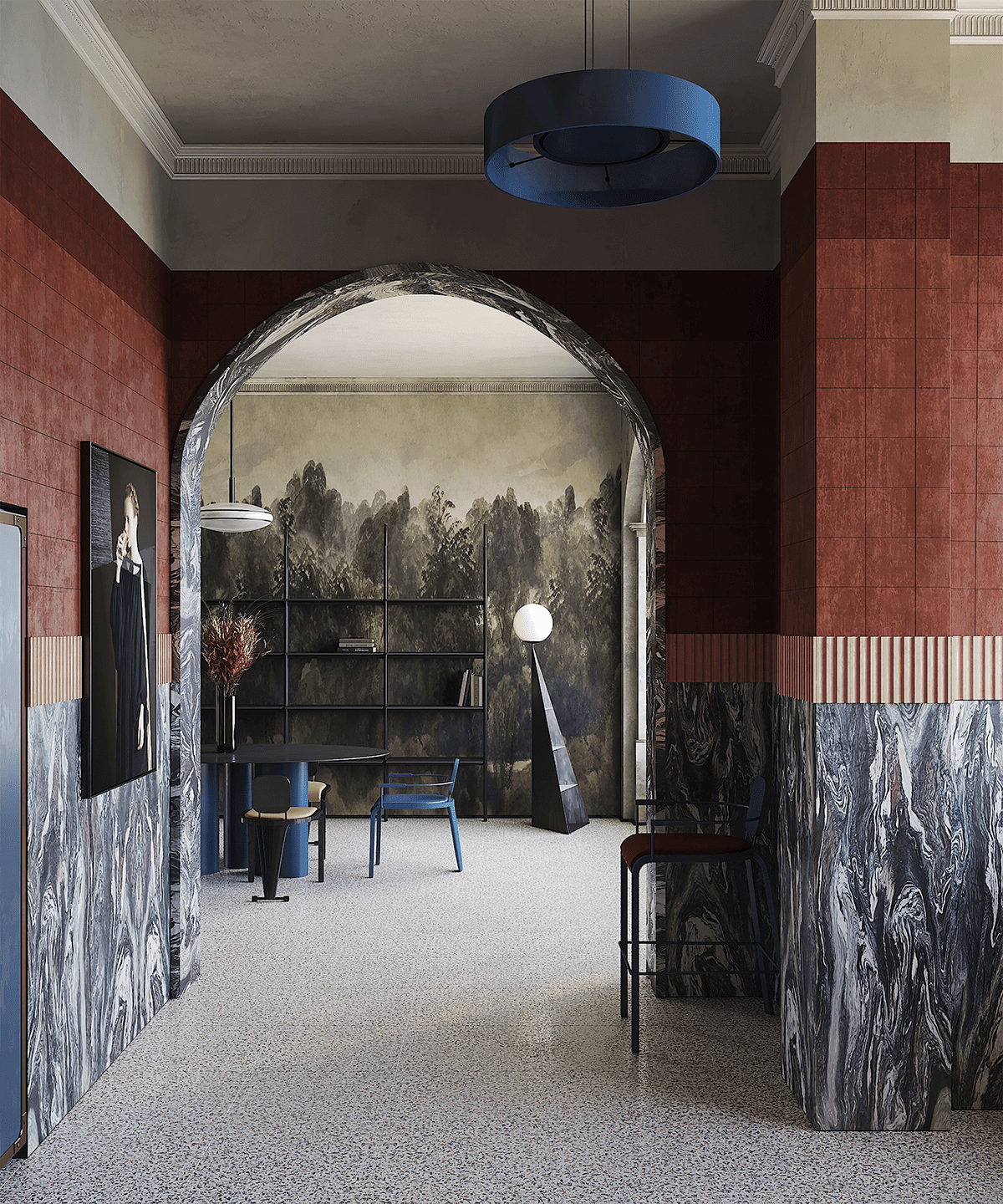
2. Choose a Dominant Pattern
Next, select a dominant pattern which complements your foundation. It should stand out and become a focal point of the room – choose a bolder design with large motifs or a contrasting colour scheme. The key here is to layer up patterns of varying sizes, which brings us on the to next point…
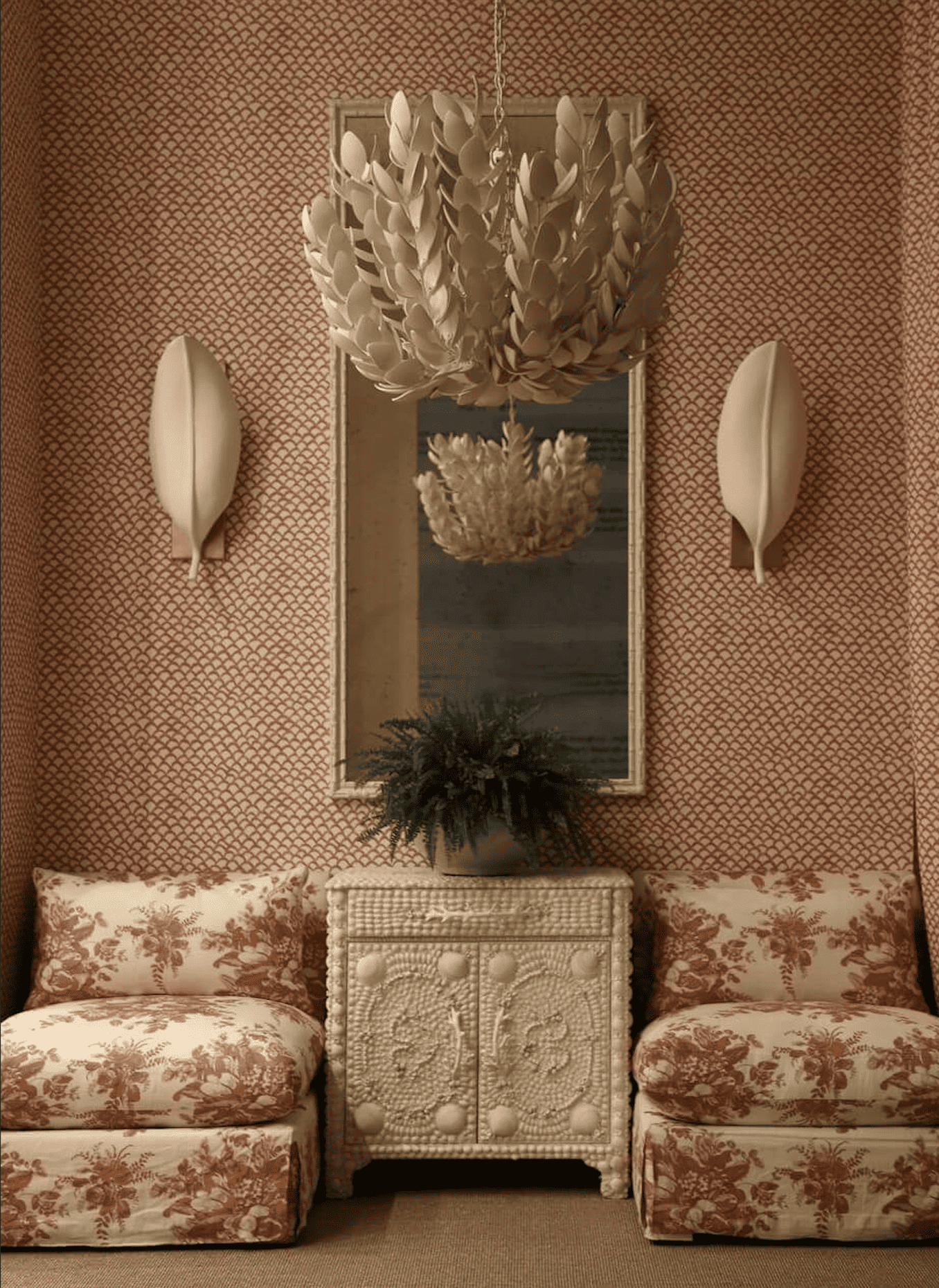
3. Vary Scale and Texture
To ensure each pattern is readable individually, as well as within the overall scheme, vary the scale and texture of the patterns. Use a combination of smooth fabrics with textured materials like knits or woven pieces, as this interplay adds depth and dimension to the palette.
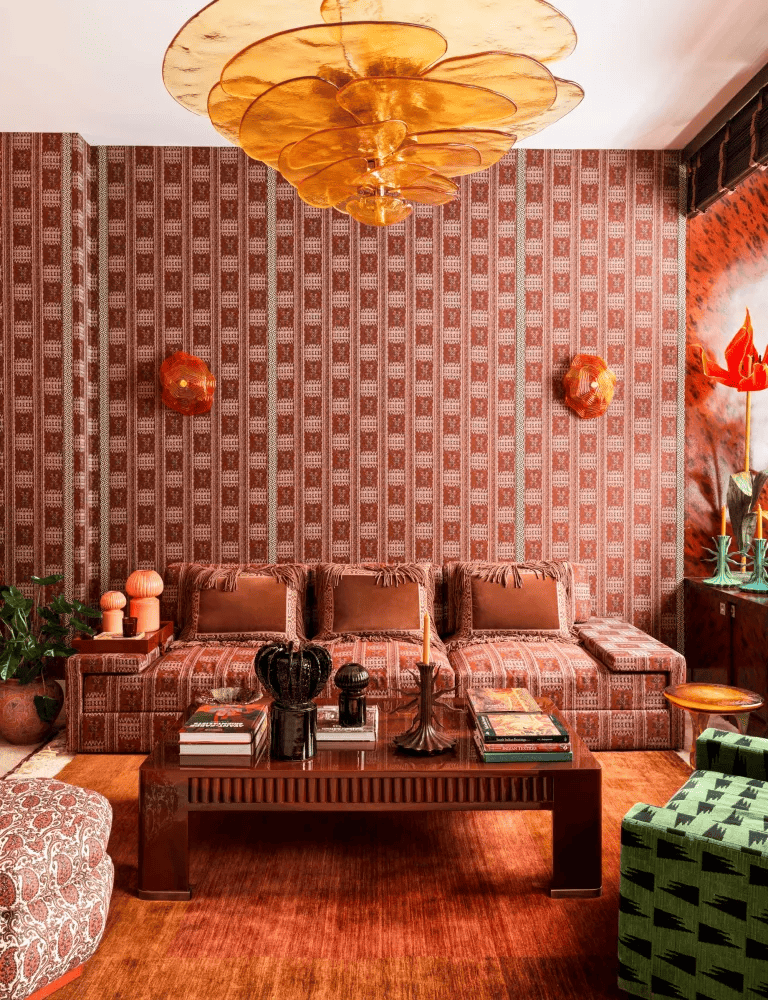

4. Harmonize Colors
When mixing patterns, it is important to keep a common thread of design language through them all, and the easiest way to do that is through colour. Choose a colour palette inspired by the foundation pattern and build the palette up from there. Although this article is about pattern pairing, do ensure to incorporate solid colours in the space too. This will act as white space to help the patterns be legible and offset comfortably from each other.

